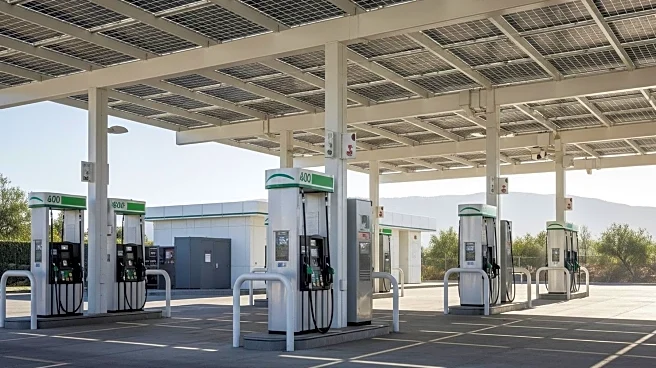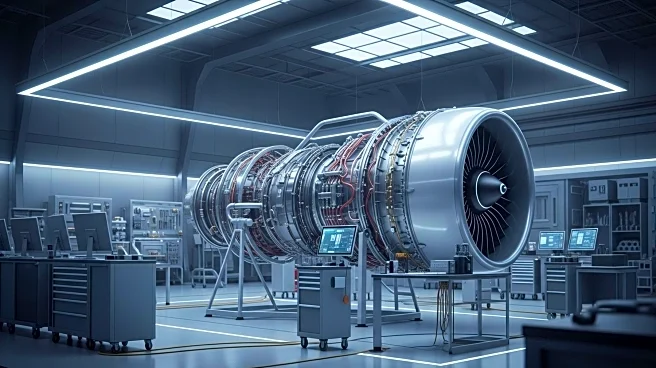What's Happening?
Sonic Fire Tech, a startup focused on acoustic fire suppression technology, has developed a system that uses inaudible sound to extinguish fires and protect buildings from wildfires. The company has raised
$3.5 million in seed funding from investors including Khosla Ventures and Third Sphere. The technology, which utilizes infrasound, aims to provide a safer and more effective method of fire suppression compared to traditional systems. Sonic Fire Tech's system is designed to protect homes by routing infrasound through ducts on the roof and under the eaves, activating when sensors detect flames.
Why It's Important?
Wildfires pose a significant threat, costing the U.S. up to $424 billion annually, particularly in states like California where insurers are increasingly hesitant to renew policies. Sonic Fire Tech's innovative approach could revolutionize fire suppression, offering a water-independent solution that is crucial in areas prone to drought. The technology's potential to replace traditional sprinkler systems could lead to widespread adoption, reducing the economic and environmental impact of wildfires. Insurance companies may also benefit from reduced risk, potentially leading to lower premiums for homeowners.
What's Next?
Sonic Fire Tech is collaborating with PG&E and Southern California Edison to demonstrate its technology on homes. The company is also exploring certification as a sprinkler replacement, which could expand its market reach. Additionally, Sonic Fire Tech is in discussions with a chemical storage facility to implement its system, indicating potential applications beyond residential use. As the technology gains traction, further investment and partnerships could accelerate its deployment, offering a new standard in fire safety.
Beyond the Headlines
The development of acoustic fire suppression systems highlights the growing intersection of technology and environmental safety. This innovation not only addresses immediate fire risks but also contributes to broader discussions on sustainable and resilient infrastructure. As climate change continues to exacerbate wildfire conditions, such technologies could play a pivotal role in adapting to new environmental challenges.












